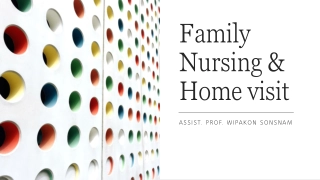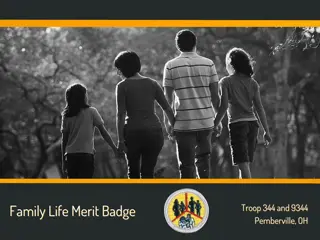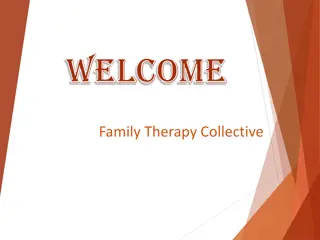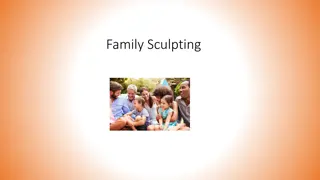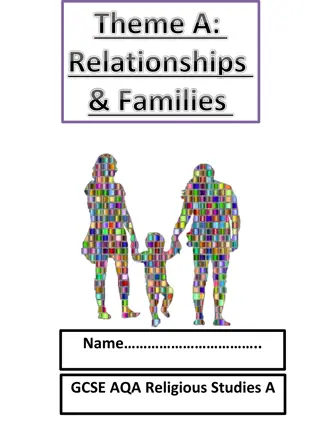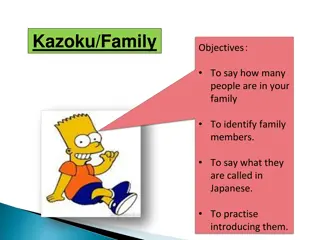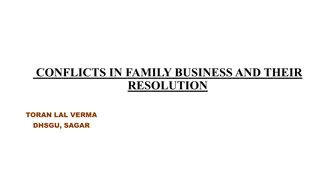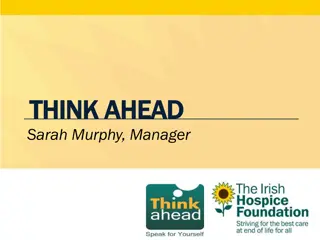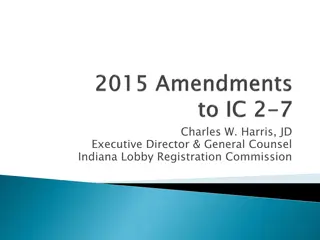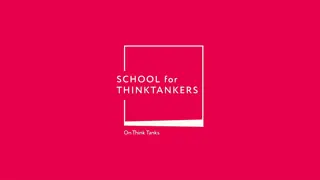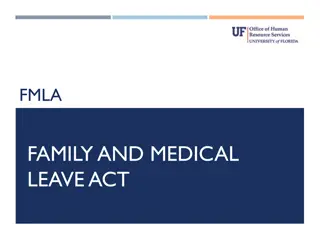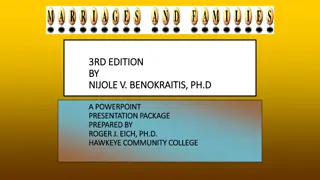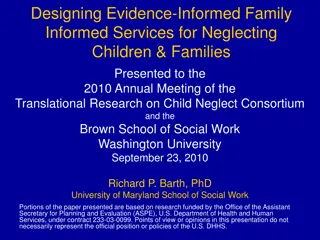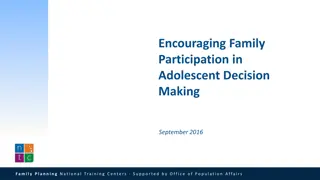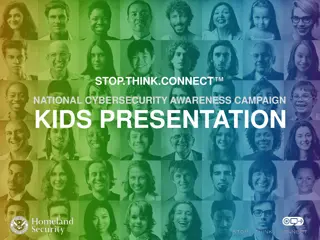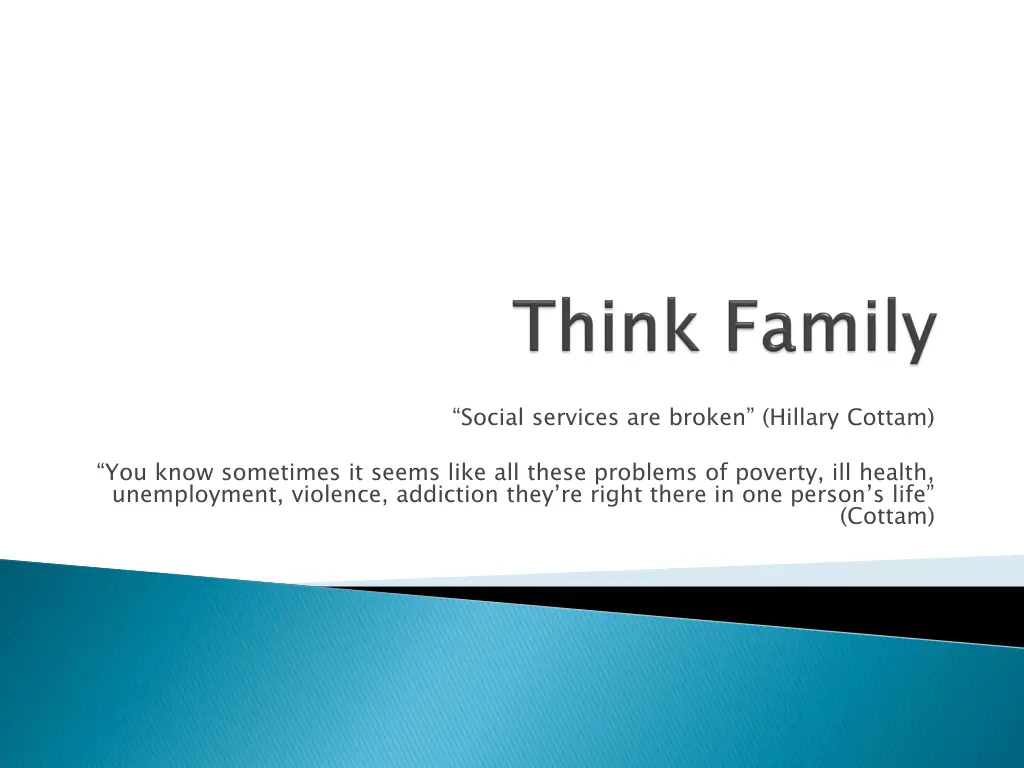
Understanding Challenges in Social Services and Child Welfare System
Delve into the complexities of social services and child welfare systems, exploring issues of poverty, neglect, substance abuse, and mental health. Discover innovative approaches like the Signs of Safety methodology and the multi-agency family model to address these critical concerns.
Download Presentation

Please find below an Image/Link to download the presentation.
The content on the website is provided AS IS for your information and personal use only. It may not be sold, licensed, or shared on other websites without obtaining consent from the author. If you encounter any issues during the download, it is possible that the publisher has removed the file from their server.
You are allowed to download the files provided on this website for personal or commercial use, subject to the condition that they are used lawfully. All files are the property of their respective owners.
The content on the website is provided AS IS for your information and personal use only. It may not be sold, licensed, or shared on other websites without obtaining consent from the author.
E N D
Presentation Transcript
Social services are broken (Hillary Cottam) You know sometimes it seems like all these problems of poverty, ill health, unemployment, violence, addiction they re right there in one person s life (Cottam)
Welfare Style (Thompson 1995) High levels of poverty Intergenerational neglect Alcohol and substance misuse Domestic abuse Adult mental health and the impact on children Child/adolescent mental health
Child in Need plans: A&C- 280 B&SL- 322 C%E- 267 Child Protection plans: A&C- 250 B&SL- 161 C&E-154 Section 47 Enquiries: A&C- 726 B&SL- 441 C&E- 416 Only 1/3 of ICPC s in A&C are completed in time against 83% for B&SL and 180% for C&E Children Looked After: A&C- 307 B&SL- 219 C&E- 173 50% of the total number of care proceedings in the county are undertaken in Allerdale and Copeland
Multi agency Family approach Strength based model Right support by the right people at the right time Doing things differently
Using Signs of Safety methodology A collaborative, appreciative, inquiry method Enabling practitioners to work directly with families Supporting families to come up with their own solutions Using three foundational principles The goal is always child safety Working relationships Thinking critically, fostering inquiry Landing grand aspirations in everyday practice
If the nation had deliberately designed a system that would frustrate the professionals who staff it, anger the public who fund it and abandon the children who depend on it, it couldn t have done a better job than current child welfare system (Thompson 1995). We need to focus available resources on issues of critical demand An already strong commitment of partnership working- This new delivery model will strengthen this Greater engagement and involvement in a collaborative way of Third Sector organisations A collaborative, integrated, solution focused, strength based approach in a trail blaze for future delivery models Support the commitment to enable communities to thrive If the nation had deliberately designed a system that would frustrate the professionals who staff it, anger the public who fund it and abandon the children who depend on it, it couldn t have done a better job than current child welfare system (Thompson 1995).
There is clear evidence of socio-economical need There is evidence of significant service demand and associated financial pressure This is a whole system, a whole family approach Built an already well established relationships which can be built upon and developed We have key Council officers from across the organisation who want to participate. Julie Batsford HAWCS, Claire King Public Health, Kathryn Griffith Transformation team and Lesley Sanczuk
These methods allow and encourage reunification as maintenance of children in the family home with the support of naturally occurring networks focused on plans that are not about service attendance but focused on changing the daily living arrangements of the family to make sure the children will be safe .


